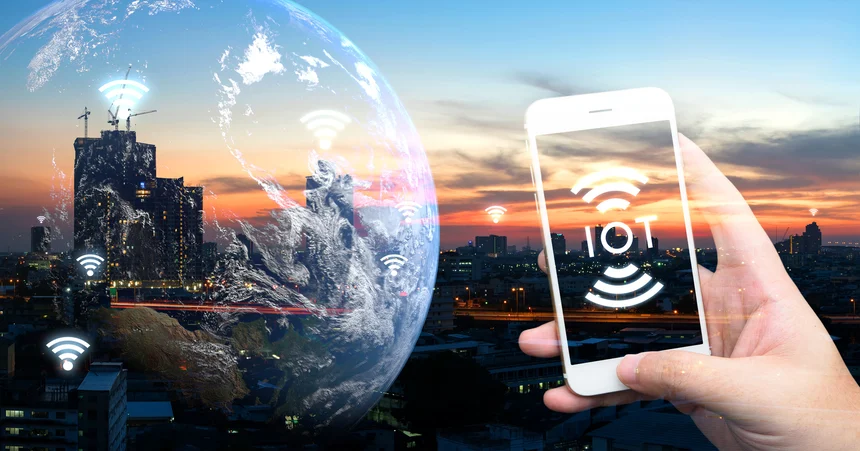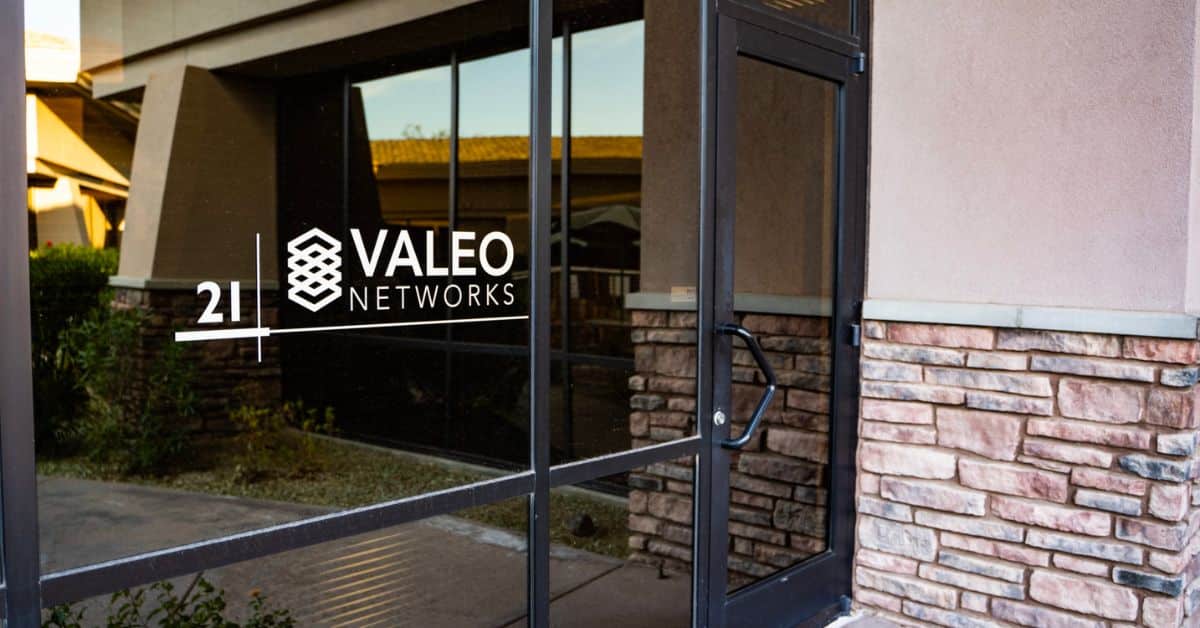How Is the Internet of Things (IoT) Being Impacted by Malware?
If you have any Internet of Things (IoT) compatible devices, then you are susceptible to malware attacks. Learn more about how malware is impacting...
2 min read
Valeo Networks : Mar 20, 2017 12:00:00 AM
 For those who are not familiar with ransomware or how it works, it is a kind of malware that locks critical digital resources and forces the owner to pay a ransom to the attackers in order to regain access to them. While ransomware has been around for a while, you may see it all over the headlines these days as it’s gaining even more popularity.
For those who are not familiar with ransomware or how it works, it is a kind of malware that locks critical digital resources and forces the owner to pay a ransom to the attackers in order to regain access to them. While ransomware has been around for a while, you may see it all over the headlines these days as it’s gaining even more popularity.
As there are more and more devices that are powered by the internet each day, the topic of Internet of Things (IoT) is becoming a common term, not only in business but in the home as well. The increase in usage, especially those using it for personal reasons, makes IoT devices an ideal target for ransomware. IoT systems are more dated than other systems and are not adeptly prepared for these malicious attacks on the internet from malwares like ransomware.
Traditional ransomware typically affects devices, such as computers, by locking files However, with IoT devices ransomware is able to control much larger systems in the real world. These attacks can be anything from shutting down vehicles, turning off power, and halting production lines. After hackers cause the initial damage, they can then threaten victims to receive more money, which makes ransomware an even more an appealing business to be in.
Imagine hackers holding your smart television in your living room hostage. Because smart TVs are able to connect to the internet to browse, stream content and download applications, this makes them vulnerable to an attack. There are multiple ways for a hacker to access your Smart TV. It’s as easy as a victim downloading a malicious app or visiting a harmful website. Although most ransomware attacks are primarily focused on other systems, as the popularity of Smart TVs increases, cybercriminals will soon be targeting them. To learn more about ransomware attacks on Smart TVs and how to avoid them, click here.
Many say that in most cases, IoT hacks can be reversed with a simple device reset. The catch here is that the incentive to pay for IoT ransomware will not stem from irreversibility, but rather from the timeliness of the attack and the critically and potential losses of not being able to access your devices for any amount of time. With the growth of technology, many of these devices are critical and, sometimes deadly, if hacked. For example, there are drug infusion pumps, pacemakers/power grids and water pumping stations. The financial value of locking down IoT ecosystems will rise rapidly because of their value to their customers.
If you are a business, it is likely that you have more IoT devices in your office than you even know. In order to keep yours and your customer data safe, you may want to enlist the help of IT professionals! Don’t be a victim of ransomware. Learn more about Valeo Networks and the services we offer by giving us a call 800-584- 6844 or via www.valeonetworks.com. We would be pleased to provide you with a free consultation!


If you have any Internet of Things (IoT) compatible devices, then you are susceptible to malware attacks. Learn more about how malware is impacting...

In January 2018, Hancock Health in Greenfield, Indiana was attacked by SamSam ransomware, a type of malware targeting vulnerable servers. Once it is...
%20(1).webp)
The business world is becoming increasingly dependent on digital structure and assets. In 2020, it is imperative that your organization stay aware of...

With cutting-edge technology and quality customer service,
you’ll find everything you need to help your company soar
with Valeo Networks.
1006 Pathfinder Way
Rockledge, FL 32955
Business Hours:
M-F: 8AM-9PM
© 2025 Copyright Valeo Networks. All Rights Reserved.